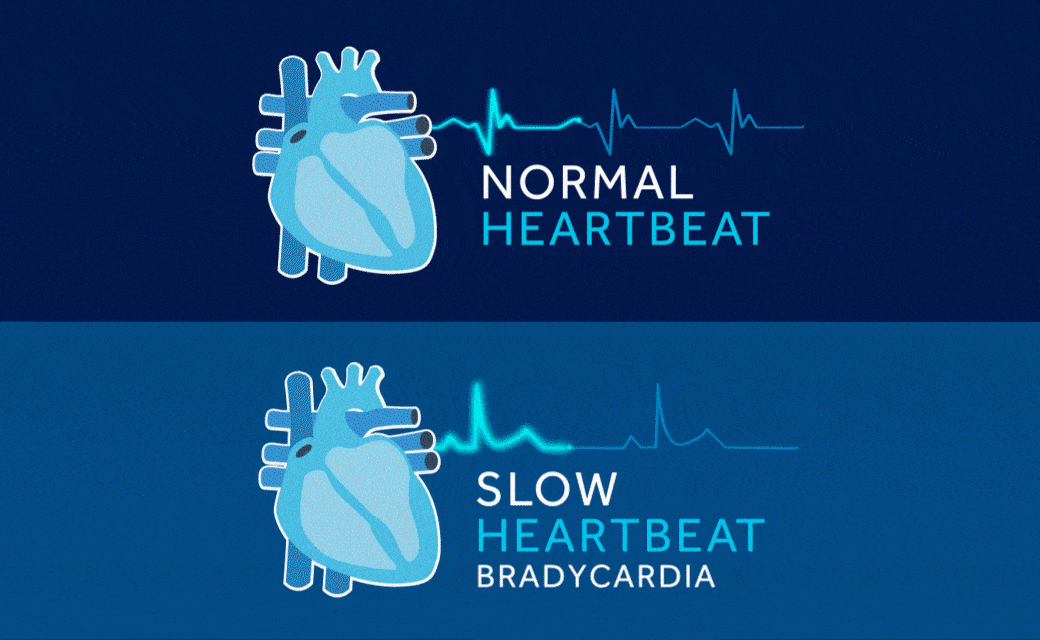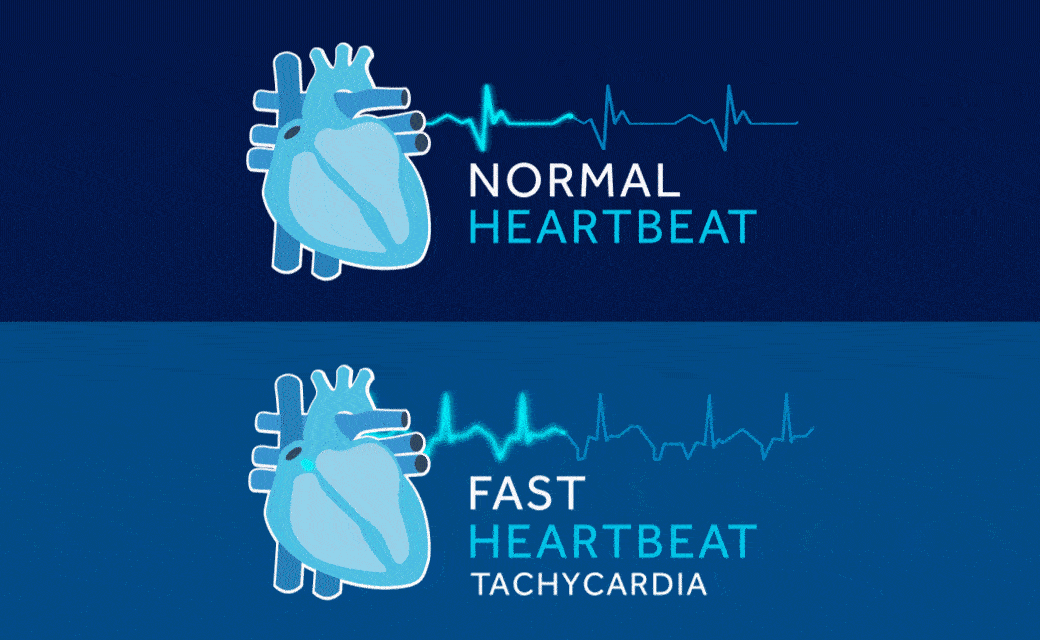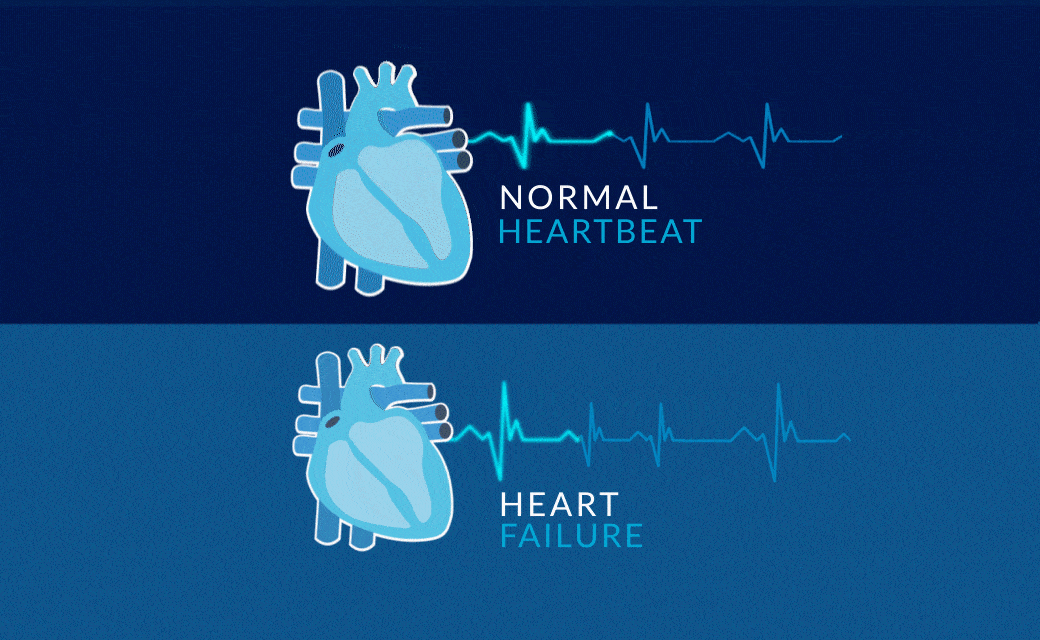
Bradycardia is a condition in which the heart beats too slowly. A healthy heart beats 60 to 100 times per minute, pumping about 280 liters of blood every hour. With bradycardia, the heart beats fewer than 60 times per minute. At that rate, the heart is not able to pump enough oxygen-rich blood to the body during normal activity or exercise.

Tachycardia is a condition where the heart beats too fast. A healthy heart beats 60 to 100 times per minute, pumping about 280 liters of blood every hour. Exercise, stress or fear can cause the heart to beat faster, but this is a normal response. With tachycardia, the heart beats at more than 100 beats per minute and can beat as fast as 400 beats per minute for no specific reason. At this rate the heart is not able to pump blood effectively to the body and brain. There are different types of fast heart rhythms that can occur in either the upper chambers (atria) or lower chambers (ventricles) of the heart: Atrial flutter and atrial fibrillation start in the upper chambers of the heart Ventricular tachycardia and ventricular fibrillation start in the lower chambers of the heart.

The term heart failure does not mean your heart has stopped pumping; rather, your heart muscle is not able to pump enough blood to meet your body’s needs. As a result, you may feel tired, lack energy, experience shortness of breath and notice excess fluid collecting in your body. In a healthy heart, each chamber contracts (squeezes) in a coordinated effort. If the heart is not beating in a coordinated fashion, then the body will not receive an adequate amount of blood to function properly. During heart failure, the heart attempts to compensate for lost pumping power, which may change its shape and result in an uncoordinated (or unsynchronised) and inefficient heartbeat.


